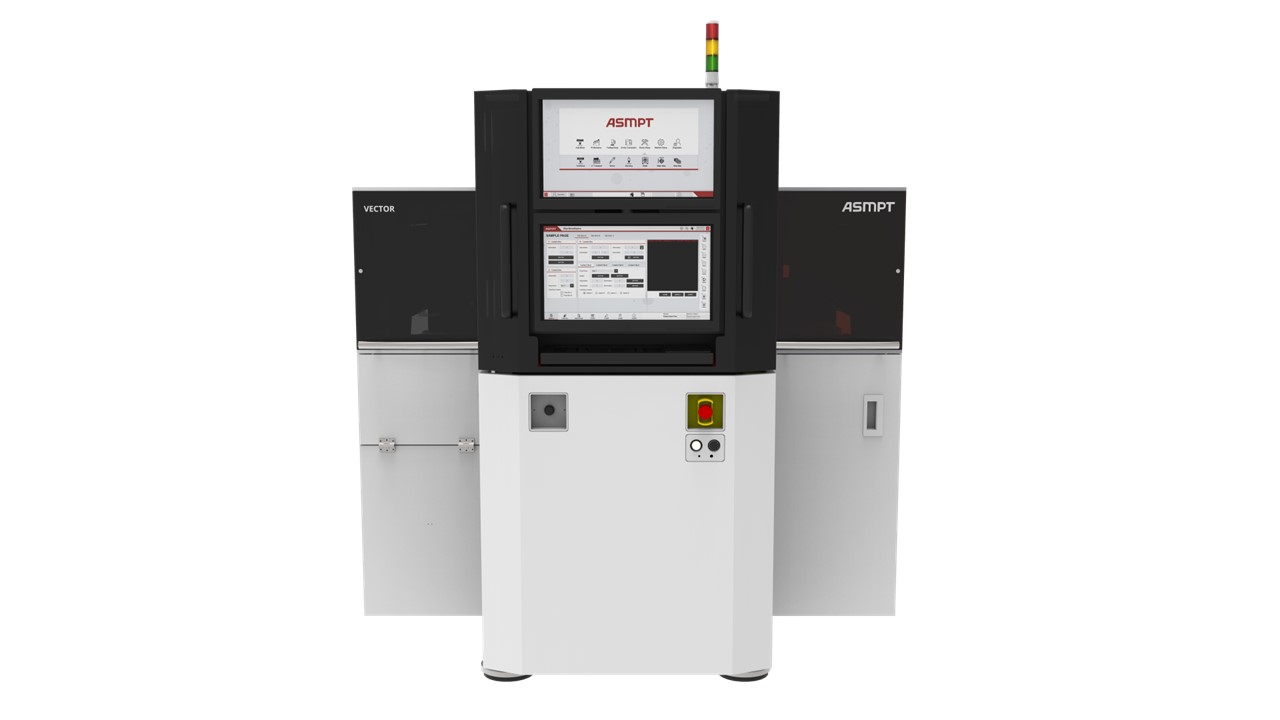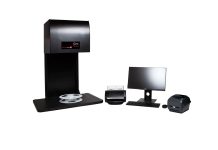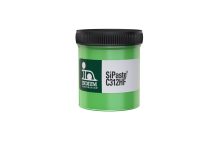ASMPT, the world’s leading provider of hardware and software for semiconductor and electronics production, will be represented at the PCIM Europe, the leading trade fair and conference for power electronics, intelligent drive technology, renewable energy, and energy management. The company will showcase at its booth (PCIM Europe Hall 6, Booth 6-450) innovative laser dicing and sintering technologies as well as complete power module manufacturing concepts that are trendsetting for the automotive industry.
“Because of their high degree of efficiency and their thermal conductivity, power modules based on silicon carbide (SiC) are ideal for electric vehicles that are becoming increasingly powerful with ever longer ranges,” explains David Felicetti, Business Development & Product Marketing Manager at ASMPT. “To connect these dies and mount the modules on heat sinks, silver sintering is by far the best technology.”
POWER VECTOR closes the gap
With its POWER VECTOR, ASMPT will unveil for the first time to a European audience its innovative die and module bonding platform, which is ideally suited for both processes. The machine features bonding forces of up to 588 N and accommodates all popular processes: dry paste, wet paste, and die transfer film (DTF). Components can be supplied via wafer, tape-and-reel, waffle pack, or tray.
With POWER VECTOR, the global innovation and market leader now offers everything that is needed to build a modern and efficient power module manufacturing line from a single source:
- DEK NeoHorizon: The stencil printer for semiconductor, hybrid and high-end SMT applications
- POWER VECTOR: The die, clip and component tacking tool for sintering with silver
- SilverSAM: The sintering platform for power electronics
- 3GeP: The universal transfer molding system for a wide range of packaging requirements
Sintering instead of soldering
“Silver has a melting point of 961 degrees Celsius,” explains David Felicetti, “but with heat and pressure it can be ‘cemented’ at much lower temperatures to create a stable connection that is far superior to soft-soldering in terms of conductivity, mechanical strength, and especially thermal stability.”
Higher yield for laser dicing
“The thin and sensitive SiC wafers are still very expensive, but this semiconductor material is essential for things like efficiently operating inverters,” David Felicetti continues. “That’s why it is so important to raise the yield rate from its still very low level.”
With the ALSI LASER1205 laser dicing platform and the patented V-DOE, users can reduce their loss rate and improve their quality (e.g., die strength) while lowering their cost of ownership. The innovative system processes wafers ranging from 10 to 250 microns in thickness with a positioning accuracy of less than 1.5 microns, all while being 50 percent faster than traditional methods.
New opportunities in the automotive market
“Today, automotive electronics usually means power electronics,” Felicetti sums up. “Since they are subject to physical parameters that differ from those in information processing, they require manufacturing technologies that can handle the materials being processed and the stresses to which they will be subjected. The solutions we present at the PCIM trade fair enable even non-backend manufacturers to produce components for the rapidly growing electromobility market in large quantities. We will be happy to explain to you in person how you can implement these capabilities in your own production facilities.”
To learn more, visit asmpt.com.










